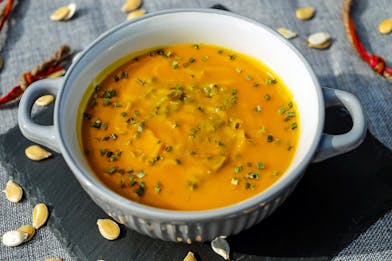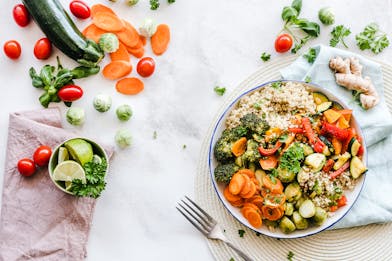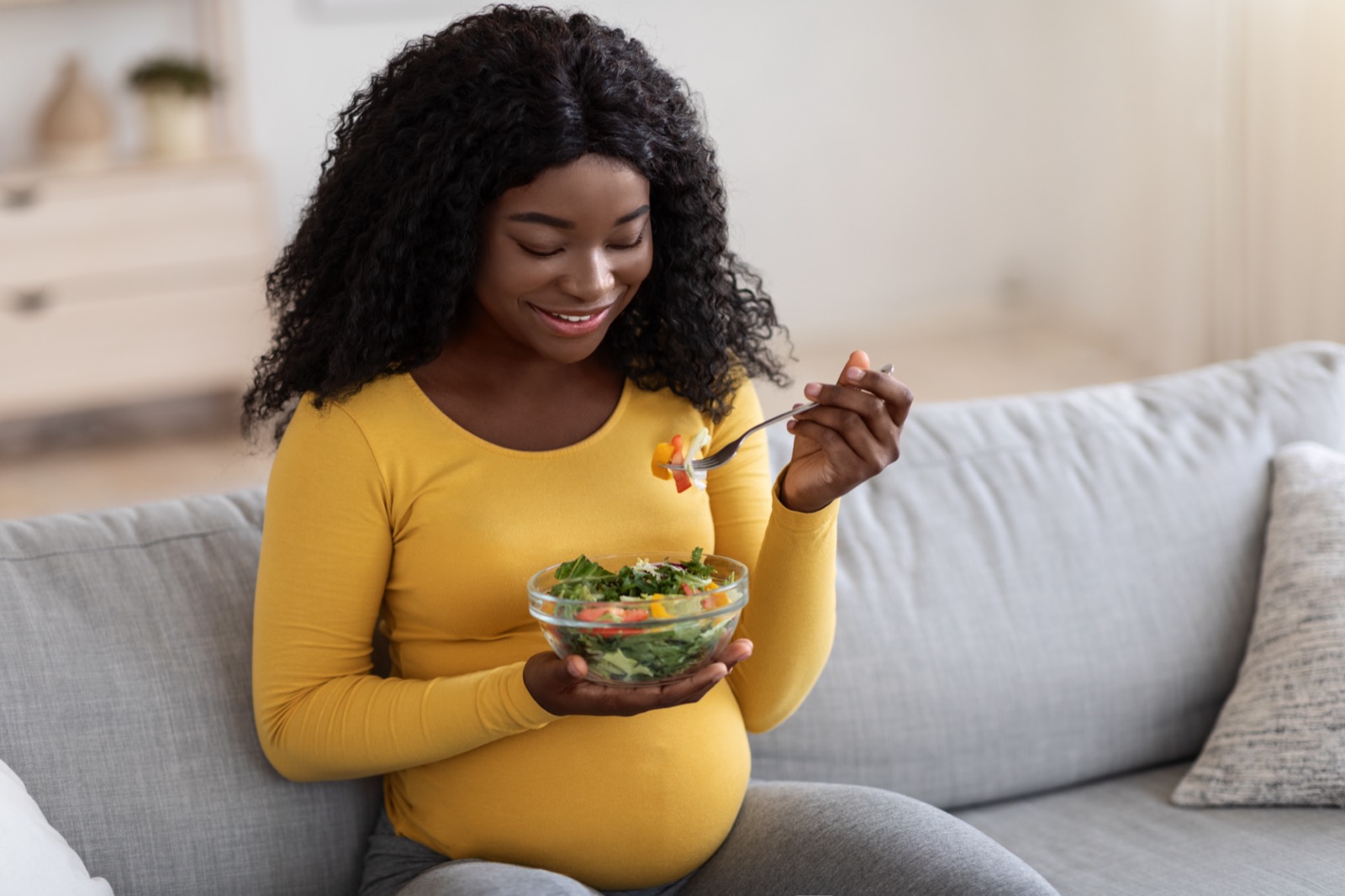Nourishing Two Lives at Once
Pregnancy is one of the most transformative times in a woman’s life, bringing immense joy—and responsibility—to nourish not just herself but a growing little one. Have you ever wondered how each bite you take shapes your baby’s development? That’s where pregnancy nutrition becomes your superpower. By choosing nutrient-dense foods, you ensure the best foundation for brain development, strong bones, and robust immunity.
But with so much conflicting advice out there—from “eat for two” myths to restrictive diets—how do you know what truly matters? This guide cuts through the noise, spotlighting the 15 powerhouse foods you need on your plate. We’ll dive deep into the science, share real-world meal ideas, and provide expert insights to make every meal count.
Whether you’re a first-time mom or adding to a growing family, you’ll learn step-by-step strategies to integrate these foods into breakfast, lunch, dinner, and snacks—no culinary degree required! Ready to become a pregnancy nutrition pro? Let’s get started.
Key takeaway: Prioritizing nutrient-rich foods isn’t about restriction—it’s about empowering you and your baby with optimal health. Let’s explore the essentials.
Dairy & Calcium-Rich Alternatives
Why Calcium Matters
Calcium is the building block for your baby’s developing bones and teeth. Without adequate intake, your body will leach calcium from your own bones to meet fetal needs, increasing risk of maternal bone loss later in life.
Experts recommend 1,000 mg of calcium daily during pregnancy. That’s roughly three servings of dairy or fortified alternatives. But if you’re lactose-intolerant or plant-based, no worries—there are delicious calcium-packed options.
Pro tip: Pair calcium sources with vitamin D–rich foods (like egg yolks or mushrooms) to boost absorption and maximize benefit.
Next, let’s look at the top dairy and dairy-alternative picks for peak calcium power.

Top Picks
Greek Yogurt: One cup delivers about 200 mg of calcium plus 15–20 g of protein to keep you feeling full.
Fortified Almond or Soy Milk: Choose varieties with added calcium and vitamin D for an easy plant-based swap.
Cheese (Low-fat Options): Cottage cheese, mozzarella, or cheddar offer calcium plus probiotics for gut health.
Tofu Set with Calcium Sulfate: A versatile protein source that can be cubed, blended, or stir-fried.
Lean Proteins & Iron Boosters
The Role of Protein and Iron
Protein is essential for your baby’s growing muscles, organs, and placental tissue. Pregnant women need about 75–100 g of protein per day—up to double the non-pregnant requirement.
Meanwhile, iron transports oxygen through your blood to nourish both of you. Iron deficiency anemia is common in pregnancy, leading to fatigue and preterm birth if untreated.
The daily recommended iron intake rises to 27 mg during pregnancy. Pair iron-rich foods with vitamin C sources (like citrus fruits) to enhance absorption and reduce roadblocks from tannins and phytates.
Let’s explore the lean protein and iron-packed foods to keep you energized and anemia-free.

Top Picks
Lean Red Meat (Beef or Lamb): A 3-oz serving provides about 3 mg of highly absorbable heme iron plus 21 g of protein.
Poultry (Chicken, Turkey): Versatile, low-fat sources of protein—perfect for salads, sandwiches, and stews.
Legumes (Lentils, Chickpeas, Black Beans): Plant-based proteins with 6–9 g of protein per half cup and 3–4 mg of iron.
Eggs: A complete protein source containing choline, crucial for fetal brain development.
Whole Grains & Fiber Powerhouses
Combatting Constipation with Fiber
Constipation is a common pregnancy woe, thanks to hormonal changes that slow digestion. Fiber-rich whole grains keep your digestive tract moving smoothly, preventing discomfort and hemorrhoids.
Aim for 28 g of fiber per day by combining whole grains with fruits and vegetables. Soluble fiber (in oats) softens stool, while insoluble fiber (in whole wheat) adds bulk.
Additionally, whole grains provide sustained energy through complex carbohydrates, preventing blood sugar spikes that can leave you drained.
Let’s check out the best whole grains to add to your grocery list.
Top Picks
Oats: One cup cooked delivers 4 g of fiber plus B-vitamins for energy metabolism.
Quinoa: A gluten-free grain with 8 g of protein per cup and 5 g of fiber.
Brown Rice & Barley: Slow-digesting carbs that keep you full longer.
Whole-Wheat Bread & Pasta: Simple swaps that boost fiber and nutrient density.
Colorful Fruits & Vegetables
Micronutrients & Antioxidants
Vibrant fruits and vegetables supply essential vitamins A, C, E, and K, plus folate—critical for preventing neural tube defects in early pregnancy.
Antioxidants combat oxidative stress, which can damage cells. In pregnancy, oxidative stress is linked to complications like preeclampsia, so loading up on antioxidants is a smart strategy.
Don’t just eat your greens—eat the rainbow. Each color group offers unique phytochemicals for different aspects of health.
Below are the top produce picks to maximize your micronutrient intake.

Top Picks
Leafy Greens (Spinach, Kale): High in folate (200 mcg per cup) and iron, plus vitamin K for blood clotting.
Berries (Blueberries, Strawberries): Antioxidant powerhouses loaded with vitamin C to aid iron absorption.
Citrus Fruits (Oranges, Grapefruits): A quick way to reach your vitamin C goal and support immunity.
Sweet Potatoes & Carrots: Rich in beta-carotene, converted to vitamin A for healthy vision and immune support.
Healthy Fats & Omega-3s
Brain & Eye Development
Omega-3 fatty acids, especially DHA, are critical for fetal brain and eye development. Since the body can’t make DHA efficiently, you need to get it through diet or supplements.
Healthy fats also support maternal hormone production and help absorb fat-soluble vitamins A, D, E, and K. Aim for at least 200 mg of DHA daily.
Let’s explore the top sources of beneficial fats to include in your weekly meal plan.
Pro tip: If you’re vegetarian, algae-based DHA supplements can bridge the gap without fish.
Top Picks
Fatty Fish (Salmon, Sardines): A 3-oz serving offers 1,000–1,500 mg of DHA plus high-quality protein.
Avocado: Creamy monounsaturated fats plus fiber, potassium, and folate.
Nuts & Seeds (Chia, Flax, Walnuts): Plant-based omega-3s plus fiber and protein. Grind flax seeds for best absorption.
Olive Oil: Use extra-virgin varieties for cooking or salad dressings to boost heart health.
Practical Meal Planning & Snack Ideas
Now that you know the top foods, how do you integrate them into real life? Here are easy meal and snack combos:
- Breakfast: Greek yogurt parfait with oats, berries, and ground flax seeds.
- Lunch: Quinoa salad with spinach, chickpeas, cherry tomatoes, and feta.
- Dinner: Grilled salmon with roasted sweet potatoes and steamed broccoli.
- Snacks: Apple slices with almond butter; cheese sticks; hard-boiled eggs with whole-wheat toast.
Batch-cook grains and roast vegetables on weekends, so weeknight meals come together in minutes. Freeze portions of legumes and proteins for quick reheating.
Hydration matters too—aim for 8–10 cups of water daily, adding lemon or berries for flavor. Dehydration can worsen common pregnancy issues like headaches and constipation.
FAQs on Foods for Pregnancy
Can I eat sushi during pregnancy?
Raw fish carries a risk of listeria and parasites. Opt for fully cooked sushi rolls or vegetarian versions to stay safe.
How often should I eat fish?
Aim for two 4-oz servings of low-mercury fish per week, such as salmon or sardines, to get adequate omega-3s.
What about caffeine?
Limit caffeine to 200 mg per day (about one 12-oz cup of coffee). Too much can increase miscarriage risk and affect fetal heart rate.
Is it okay to snack frequently?
Absolutely. Small frequent meals can keep blood sugar steady, prevent nausea, and maintain energy—just choose nutrient-dense snacks.
Conclusion & Takeaways
Pregnancy nutrition isn’t about perfection; it’s about prioritizing nutrient-dense foods that support both you and your baby. By focusing on calcium, lean proteins, whole grains, colorful produce, and healthy fats, you’ll build a balanced, delicious meal plan.
Remember: variety is key. Rotate foods weekly, experiment with new recipes, and listen to your body’s cues. Cravings can signal nutrient gaps—address them mindfully rather than indulging unchecked.
Which of these top foods will you add to your shopping list this week? Share your favorite pregnancy-friendly recipes in the comments below and let’s nourish this amazing journey together!



